Home>Furniture>Kitchen Furniture>Factors That Influence The Demand Curve For Indoor Grill Products
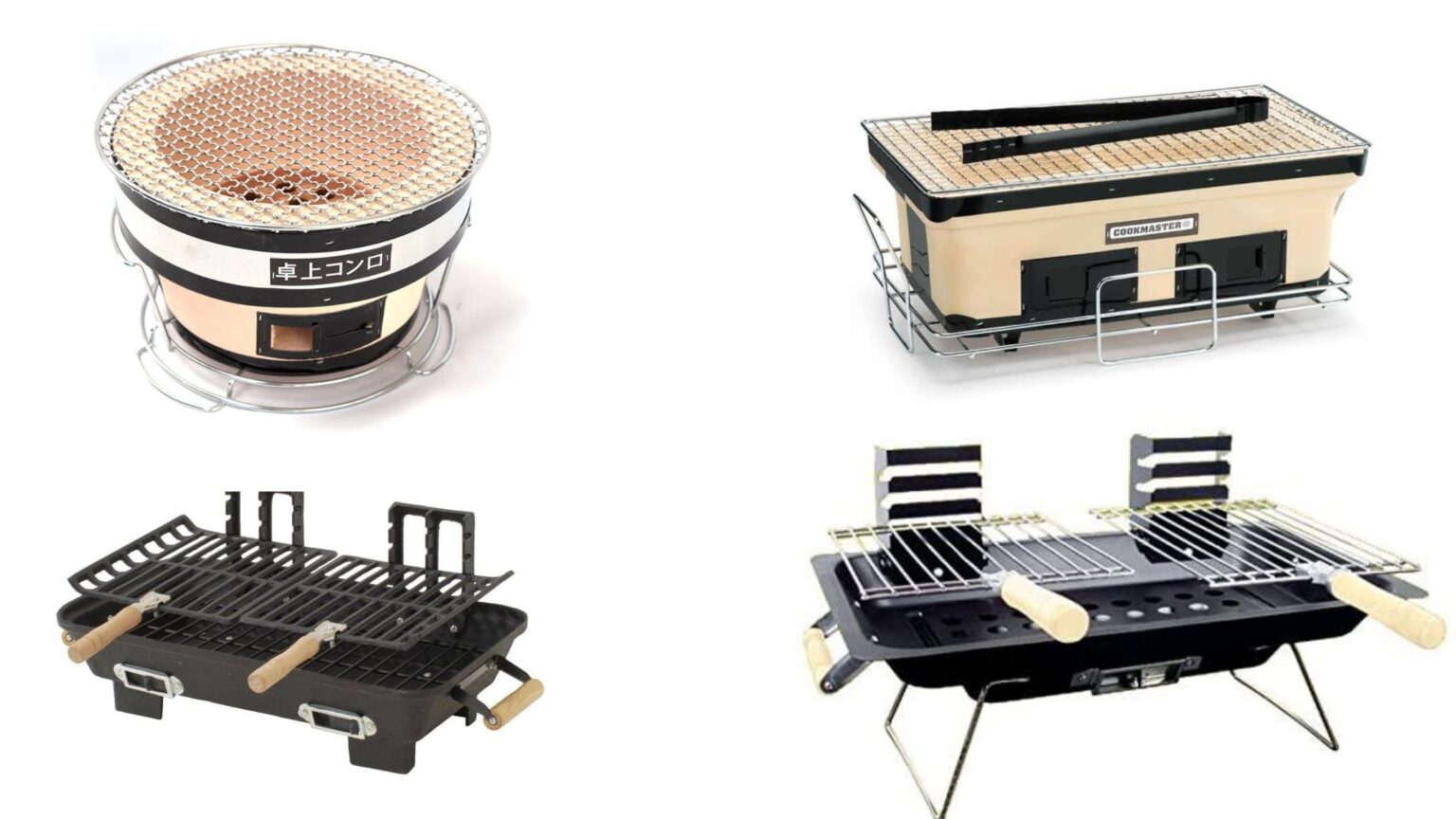

Kitchen Furniture
Factors That Influence The Demand Curve For Indoor Grill Products
Modified: August 20, 2024
Discover how articles about the influence of indoor grill products on the demand curve can shape your understanding and purchasing decisions.
(Many of the links in this article redirect to a specific reviewed product. Your purchase of these products through affiliate links helps to generate commission for Storables.com, at no extra cost. Learn more)
Introduction
Welcome to the world of indoor grilling! Over the years, the demand for indoor grill products has experienced a significant uptick as people seek convenient and enjoyable ways to cook their favorite meals indoors. Whether it’s for delicious steaks, juicy burgers, or perfectly grilled veggies, indoor grills offer a convenient solution for those who want to enjoy the flavors of outdoor grilling from the comfort of their own homes.
In this article, we will explore the factors that influence the demand curve for indoor grill products. Understanding these factors can provide valuable insights for businesses in this industry, helping them tailor their marketing strategies and meet the evolving needs of their target audience.
Indoor grills have experienced a surge in popularity due to a variety of reasons. Convenience is a key factor, as indoor grills offer the flexibility to grill regardless of weather conditions or outdoor space limitations. With the advancements in technology, indoor grills also provide a healthier alternative, as excess fat and oils can be drained away, resulting in a leaner and more nutritious meal.
Another contributing factor to the increased demand for indoor grill products is the growing trend of people valuing experiences over material possessions. Indoor grilling allows individuals and families to bond over the shared activity of preparing and enjoying a delicious meal together. It creates a social atmosphere and elevates the dining experience.
Beyond convenience and experience, shifting culinary preferences also play a role in shaping the demand curve for indoor grill products. As people become more health-conscious, there is a greater emphasis on grilling lean meats and vegetables. Indoor grills provide an efficient and controlled cooking method that retains the flavor and juiciness of the ingredients while reducing the need for excessive oil or added fats.
The rise of vegetarian and vegan lifestyles has also led to an increased demand for indoor grills. These individuals seek alternative ways to prepare plant-based proteins and vegetables, and indoor grilling offers a flavorful and versatile option.
Stay tuned as we delve deeper into the various factors that influence the demand curve for indoor grill products. By understanding these factors, businesses can better position themselves in the market and cater to the evolving preferences and needs of consumers.
Key Takeaways:
- The demand for indoor grill products is driven by shifting culinary preferences, convenience, health benefits, and lifestyle choices. Understanding these factors is crucial for businesses to effectively meet consumer needs and drive demand.
- Marketing and advertising, economic factors, and price changes all play significant roles in shaping the demand curve for indoor grill products. Businesses must adapt their strategies to align with evolving consumer preferences and market dynamics.
Read more: How To Clean An Indoor Grill
Overview of Indoor Grill Products
Indoor grill products have come a long way in terms of design, functionality, and features. Gone are the days of simple stovetop grills or basic electric griddles. Today, indoor grills offer a wide range of options to suit different cooking preferences and lifestyles.
One of the most common types of indoor grills is the electric grill. These grills are easy to use and provide consistent heat for even cooking. Electric grills often come with adjustable temperature controls, allowing users to modify the heat intensity based on the type of food being grilled. They typically feature a non-stick surface, making it easy to clean up after cooking.
Another popular type of indoor grill is the countertop grill. These grills are compact and portable, making them perfect for those with limited kitchen space or for those who enjoy grilling on-the-go. Countertop grills come in various sizes, from single-serving options to larger models suitable for family gatherings.
For those who crave the smoky flavor that comes from traditional outdoor grilling, there are indoor grills that incorporate features such as a smokeless technology or the ability to infuse smoky flavors into the food. These grills use specialized techniques to mimic the outdoor grilling experience while minimizing smoke and odors, making them suitable for indoor use.
Indoor grills also vary in terms of their cooking methods. Some grills offer open grates that allow direct contact between the food and the heat source, resulting in beautiful grill marks and charred flavors. Others feature griddles or flat surfaces, ideal for cooking delicate foods such as pancakes or vegetables.
When it comes to features, indoor grills have evolved to offer a range of options. Many grills now come with removable plates or grates that are dishwasher-safe, making cleaning a breeze. Some models offer adjustable height settings to accommodate different food thicknesses. Others come with built-in timers or auto-shutoff features for added convenience and safety.
In recent years, technology has played a significant role in the advancement of indoor grill products. Smart grills are becoming more prevalent, allowing users to control and monitor their grills remotely via smartphone apps. These grills often come with pre-set cooking programs for different types of foods or allow users to customize their cooking settings for optimal results.
Overall, indoor grill products have become a versatile and practical solution for those who enjoy the flavors of grilled food but prefer the convenience of cooking indoors. With a wide range of options available, individuals can find an indoor grill that suits their cooking style, culinary preferences, and lifestyle.
Factors Influencing the Demand Curve for Indoor Grill Products
Several factors come into play when considering the demand for indoor grill products. Understanding these factors is essential for businesses in the industry as they can help shape effective marketing strategies and meet the evolving needs of consumers.
1. Shifting Culinary Trends: Changing consumer preferences for healthier eating and increased interest in grilling lean meats and vegetables have contributed to the demand for indoor grill products. As people become more health-conscious, indoor grills provide a convenient and efficient way to cook nutritious meals with minimal added fats or oils.
2. Convenience and Lifestyle: The demand for indoor grill products is influenced by the desire for convenience in cooking. Indoor grills offer a viable solution for grilling regardless of weather conditions or outdoor space limitations. Additionally, as modern lifestyles become busier, people seek cooking appliances that save time and make meal preparation easier, making indoor grills an attractive option.
3. Increasing Population of Apartment Dwellers: With the growing number of individuals residing in apartments or urban areas with limited outdoor spaces, the demand for indoor grill products has risen. Indoor grills provide a viable alternative to traditional outdoor grilling, allowing apartment dwellers to enjoy grilled food in their own homes.
4. Health and Safety Concerns: Indoor grilling offers a safer alternative to traditional outdoor grills by minimizing the risk of fire hazards or accidents associated with open flames. This factor has influenced the demand for indoor grill products, especially among those who prioritize safety in their cooking practices.
5. Seasonality: The demand for indoor grill products can be influenced by seasonality. While outdoor grilling is often associated with warmer months, indoor grills offer a year-round grilling option. As a result, demand for indoor grills may increase during colder seasons when outdoor grilling is less practical or feasible.
6. Marketing and Advertising: Effective marketing and advertising campaigns play a significant role in shaping the demand curve for indoor grill products. Promotional activities that highlight the convenience, health benefits, and versatility of indoor grills can generate awareness and drive consumer demand.
7. Economic Factors: Economic factors such as disposable income, consumer confidence, and overall economic stability can impact the demand for indoor grill products. During times of economic uncertainty, consumers may prioritize essential purchases over discretionary items like indoor grills, leading to a potential decrease in demand.
By considering these factors, businesses can gather valuable insights into the demand for indoor grill products. This knowledge can inform product development, pricing strategies, and marketing initiatives to effectively target the evolving needs and preferences of consumers.
The Influence of Changing Consumer Preferences on the Demand Curve
Consumer preferences play a crucial role in shaping the demand curve for indoor grill products. As consumer tastes and preferences evolve, businesses in the industry must understand and adapt to these changes to meet the demands of their target market effectively.
One significant influence on consumer preferences is the growing emphasis on health and wellness. Increasingly, consumers are seeking ways to incorporate healthier eating habits into their lifestyles. Indoor grilling provides a solution by offering a cooking method that allows excess fats and oils to drain away from the food, resulting in leaner and healthier meals. The health-conscious consumer is more likely to opt for an indoor grill, which makes it a popular choice among individuals looking for convenient ways to enjoy grilled food without compromising on their dietary goals.
Another driving factor in changing consumer preferences is the increasing interest in plant-based and vegetarian diets. As more individuals adopt these dietary choices, the demand for indoor grills capable of grilling vegetables and plant-based proteins has grown. Indoor grills offer a versatile platform for grilling a wide variety of ingredients, allowing those following plant-based diets to enjoy the flavors and textures associated with traditional grilling.
Sustainability is also becoming an important consideration for consumers. People are seeking ways to reduce their carbon footprint and make environmentally friendly choices in their everyday lives. Indoor grills often operate using electricity rather than charcoal or gas, making them a greener alternative. This eco-conscious consumer trend has contributed to the increased demand for indoor grill products.
Convenience remains a perennial preference for consumers across various industries, and the indoor grilling market is no exception. The busy lifestyles of many individuals have led to an increased demand for quick and easy cooking methods. Indoor grills offer the convenience of a compact and user-friendly cooking appliance that can be used year-round and requires minimal time and effort for cleaning and maintenance. The convenience factor makes indoor grills an attractive option for time-strapped individuals looking for efficient ways to prepare their meals.
Lastly, technological advancements have also influenced consumer preferences regarding indoor grill products. The rise of smart technology has led to the development of smart grills that can be controlled remotely through smartphone apps. These grills provide added convenience and customization options, allowing users to monitor and adjust cooking settings from anywhere. The integration of technology into indoor grills has garnered interest from tech-savvy consumers who value convenience and connectivity in their cooking appliances.
In summary, changing consumer preferences have a significant impact on the demand curve for indoor grill products. The preferences for healthier cooking options, plant-based diets, sustainability, convenience, and technological advancements all play a role in shaping the demands of consumers in this market. Businesses must stay attuned to these evolving preferences to effectively meet the needs of their target audience and drive demand for their indoor grill products.
The increasing popularity of indoor grilling may shift the demand curve for indoor grill products to the right, leading to higher demand and potentially higher prices.
The Impact of Marketing and Advertising on the Demand Curve
Marketing and advertising play a vital role in influencing the demand curve for indoor grill products. Effective marketing campaigns have the power to create brand awareness, generate interest, and ultimately drive consumer demand. Let’s explore the various ways in which marketing and advertising impact the demand curve for indoor grill products.
1. Brand Awareness: Marketing and advertising efforts are key drivers in creating brand awareness for indoor grill products. By utilizing various channels such as television, radio, print media, and online platforms, companies can showcase the features, benefits, and unique selling propositions of their indoor grills. Building brand awareness helps consumers become familiar with the brand and its offerings, making them more likely to consider purchasing an indoor grill from that particular company.
2. Product Differentiation: Marketing and advertising play a crucial role in highlighting the unique features and qualities of indoor grill products. Companies can emphasize aspects such as advanced technology, innovative designs, superior durability, or special cooking capabilities to differentiate their products from competitors. Effective messaging and branding tactics enable businesses to position their indoor grills as superior options, potentially leading to increased consumer interest and demand.
3. Targeted Advertising: Marketing campaigns can be tailored to specific target audiences based on demographics, consumer behavior, or preferences. By identifying the target market for indoor grill products, companies can create targeted advertising strategies to reach the right audience. This approach ensures that marketing messages are delivered to individuals who are more likely to have an interest in purchasing indoor grills, thereby maximizing the impact of marketing efforts on the demand curve.
4. Influencer Marketing: Influencer marketing has become increasingly popular in recent years. By engaging with influencers who have a significant following and influence in the cooking or lifestyle niche, companies can leverage their credibility and reach to promote their indoor grill products. Positive reviews, demonstrations, and endorsements from trusted influencers can greatly impact consumer perceptions and generate interest and demand for the product.
5. Promotional Offers: Marketing and advertising campaigns often include promotional offers such as discounts, buy-one-get-one deals, or limited-time offers. These promotions create a sense of urgency and incentivize consumers to make a purchase. By leveraging marketing strategies that incorporate promotional offers, companies can stimulate consumer demand and drive sales of indoor grill products.
6. Emotional Appeal: Effective marketing and advertising campaigns tap into the emotional aspect of consumer decision-making. They create a connection between the consumer and the product by highlighting the benefits, experiences, and lifestyle associated with owning an indoor grill. By evoking emotions such as enjoyment, convenience, and togetherness, companies can strengthen the desire for their indoor grill products, driving demand among consumers.
Overall, the impact of marketing and advertising on the demand curve for indoor grill products cannot be overstated. These strategies create brand awareness, differentiate products, reach specific target audiences, leverage influencer credibility, promote promotional offers, and elicit emotional connections. By deploying effective marketing tactics, companies can drive consumer demand, increase sales, and ultimately shape the demand curve for indoor grill products.
Read more: Where To Buy An Indoor Grill
Economic Factors Affecting the Demand Curve for Indoor Grill Products
Economic factors have a significant impact on the demand curve for indoor grill products. These factors influence consumer purchasing power, preferences, and overall market dynamics. Understanding the economic landscape is crucial for businesses in the industry to effectively strategize their marketing efforts and adapt to changing economic conditions. Let’s take a closer look at the key economic factors affecting the demand for indoor grill products.
1. Disposable Income: Disposable income, or the amount of money that individuals have available to spend after taxes and essential expenses, plays a critical role in shaping consumer demand for indoor grill products. When disposable income is high, consumers have more purchasing power and may be more inclined to invest in discretionary items such as indoor grills. Conversely, during periods of economic downturn or when disposable income is low, consumers may prioritize essential expenses, leading to a potential decrease in demand for non-essential items.
2. Consumer Confidence: Consumer confidence reflects the overall sentiment and optimism about the economy. When consumers feel confident about the economy and their personal financial situation, they are more likely to make discretionary purchases, such as indoor grill products. Positive consumer sentiment can drive demand and stimulate market growth. Conversely, during times of economic uncertainty or low consumer confidence, consumers may become more cautious with their spending, leading to a potential decrease in demand for indoor grill products.
3. Price-Value Relationship: The price-value relationship is an essential economic factor that affects consumer demand. Consumers consider the value they perceive they will receive from purchasing an indoor grill in relation to its price. If the perceived value outweighs the price, consumers are more likely to make a purchase and drive demand. However, if the price is perceived as too high in relation to the value offered, consumers may become hesitant to buy, leading to a potential decrease in demand. Businesses must carefully balance pricing strategies to align with consumer expectations and market conditions.
4. Market competition: The level of competition in the market can influence the demand for indoor grill products. The presence of several brands and models offering similar features and functionalities can lead to price competition among businesses. As businesses compete by reducing prices or offering promotional deals, it can potentially stimulate consumer demand and increase market penetration. Conversely, a lack of competition may result in stagnant or slow growth in demand, as companies have less incentive to drive innovation or offer competitive pricing.
5. Economic Stability: The overall economic stability of a country or region can impact the demand curve for indoor grill products. During periods of economic growth and stability, consumer confidence tends to be higher, resulting in increased spending on discretionary items. This can lead to a rise in demand for indoor grill products. Conversely, during economic downturns or recessions, consumers may tighten their budgets and prioritize essential expenses, potentially leading to a decrease in demand for non-essential items like indoor grills.
6. Government Policies and Regulations: Government policies and regulations can also influence the demand for indoor grill products. Factors such as import/export policies, taxation, and safety regulations can impact the availability and affordability of indoor grill products. Changes in government policies or regulations can potentially disrupt the market, impacting demand and consumer behavior.
While economic factors can have a significant impact on the demand curve for indoor grill products, it’s important to note that consumer preferences, marketing strategies, and other external factors also play a role in shaping demand. By closely monitoring and understanding economic trends and adapting strategies accordingly, businesses can navigate the economic landscape and effectively meet the needs of consumers in order to drive demand for their indoor grill products.
The Effect of Price Changes on the Demand Curve
Price changes have a direct impact on the demand curve for indoor grill products. As the price of a product fluctuates, consumer behavior and purchasing decisions are influenced. Understanding the relationship between price and demand is crucial for businesses to optimize their pricing strategies and maximize revenue. Let’s explore the various effects of price changes on the demand curve.
1. Price Elasticity of Demand: Price elasticity of demand refers to the degree of responsiveness of consumer demand to price changes. If the demand for indoor grill products is price elastic, a decrease in price will lead to a more than proportionate increase in demand. In contrast, if the demand is price inelastic, a change in price will have a relatively smaller impact on demand. Knowing the price elasticity of demand can help businesses determine how to adjust prices and interpret the impact on consumer behavior.
2. Demand Expansion: A decrease in price typically leads to an expansion in demand. When the price of indoor grill products is lowered, consumers who were previously reluctant to make a purchase due to cost considerations may now find the product more affordable and therefore choose to buy it. This expansion of demand can attract new customers and increase market penetration.
3. Demand Contraction: Conversely, an increase in price generally leads to a contraction in demand. When the price of indoor grill products goes up, some consumers may be priced out of the market, choosing alternative options or delaying their purchase. A higher price can create barriers to entry for certain consumers, resulting in a decrease in overall demand.
4. Perceived Value: The perception of value plays a crucial role in consumer purchasing decisions. When the price of indoor grill products matches or exceeds the perceived value, demand may decrease. Consumers may perceive the product as overpriced compared to its perceived benefits, leading to a decrease in demand. On the other hand, if the price is lower than the perceived value, consumers may perceive the product as a good deal, resulting in an increase in demand.
5. Competitive Landscape: Price changes can also be influenced by the competitive landscape in the market. When competitors lower their prices, it can directly impact the demand for a particular brand or product. In response, businesses may need to adjust their prices to remain competitive and maintain their market share. Price changes driven by competitors can result in changes in demand for both the competing brands and the overall market.
6. Market Segment Differentiation: Price changes can affect different market segments differently. Some consumers may be more price-sensitive and highly responsive to changes, while others may prioritize quality and brand reputation over price. By segmenting the market and understanding consumer preferences, businesses can tailor their pricing strategies to appeal to different segments and potentially maximize demand.
In summary, price changes have a direct impact on the demand curve for indoor grill products. Lower prices tend to expand demand, while higher prices can lead to a contraction. Factors such as price elasticity of demand, perceived value, competition, and market segmentation all influence how price changes affect consumer behavior and demand. By carefully analyzing these factors and aligning pricing strategies with consumer preferences, businesses can effectively manage the demand curve for their indoor grill products and optimize market performance.
Conclusion
The demand curve for indoor grill products is influenced by a variety of factors, ranging from changing consumer preferences to economic conditions and marketing strategies. Understanding these factors is essential for businesses in the industry to effectively position their products and meet the evolving needs of consumers.
Throughout this article, we have explored the various aspects that impact the demand for indoor grill products. We discussed how shifting culinary preferences towards healthier options and plant-based diets have driven the demand for indoor grills. Additionally, the convenience, lifestyle, and health benefits associated with indoor grilling have further contributed to the increased demand.
We also highlighted the significant role of marketing and advertising in influencing the demand curve. Effective marketing campaigns can create brand awareness, generate interest, and differentiate indoor grill products from competitors. By leveraging strategies such as influencer marketing, targeted advertising, and promotional offers, businesses can stimulate consumer demand and drive sales.
Economic factors, such as disposable income, consumer confidence, and price-value relationships, also play a crucial role in shaping the demand curve for indoor grill products. Understanding the impact of economic stability, market competition, and government policies helps businesses adapt to changing conditions and effectively cater to consumer demands.
Lastly, we explored the effects of price changes on the demand curve. Lower prices tend to increase demand, while higher prices can lead to a contraction. Factors such as price elasticity of demand, perceived value, and the competitive landscape influence how price changes impact consumer behavior and demand levels.
Overall, the demand for indoor grill products continues to grow as consumers prioritize convenience, health-consciousness, and experiences in their cooking choices. By staying attuned to changing consumer preferences, implementing effective marketing strategies, considering economic factors, and adapting pricing strategies, businesses can maximize their potential to meet consumer demand and achieve success in the indoor grill market.
As the market evolves and new trends emerge, businesses must continue to adapt and innovate to stay competitive. By aligning their strategies with consumer needs and preferences, businesses can position themselves as leaders in the indoor grill industry and meet the demands of a growing customer base.
Frequently Asked Questions about Factors That Influence The Demand Curve For Indoor Grill Products
Was this page helpful?
At Storables.com, we guarantee accurate and reliable information. Our content, validated by Expert Board Contributors, is crafted following stringent Editorial Policies. We're committed to providing you with well-researched, expert-backed insights for all your informational needs.
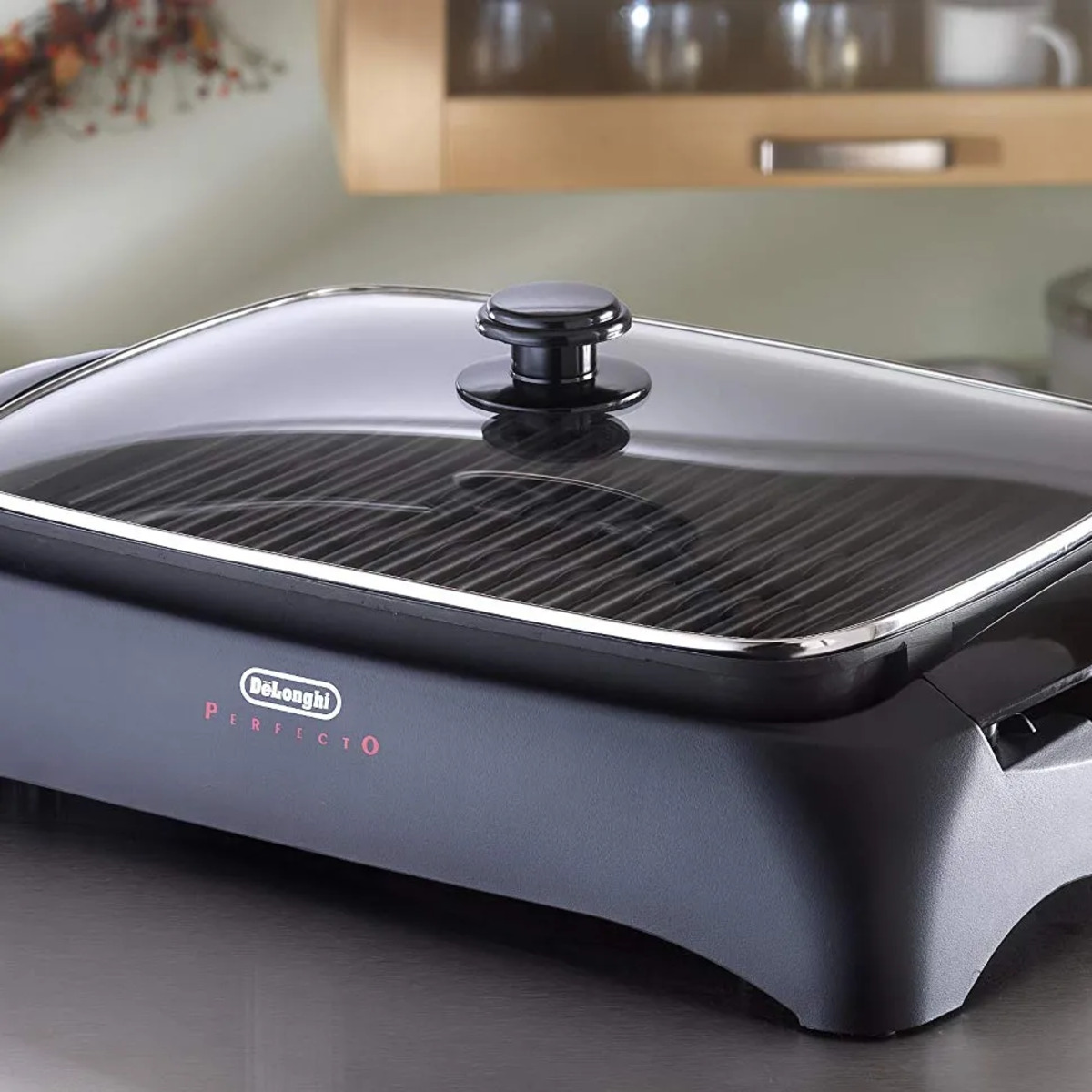
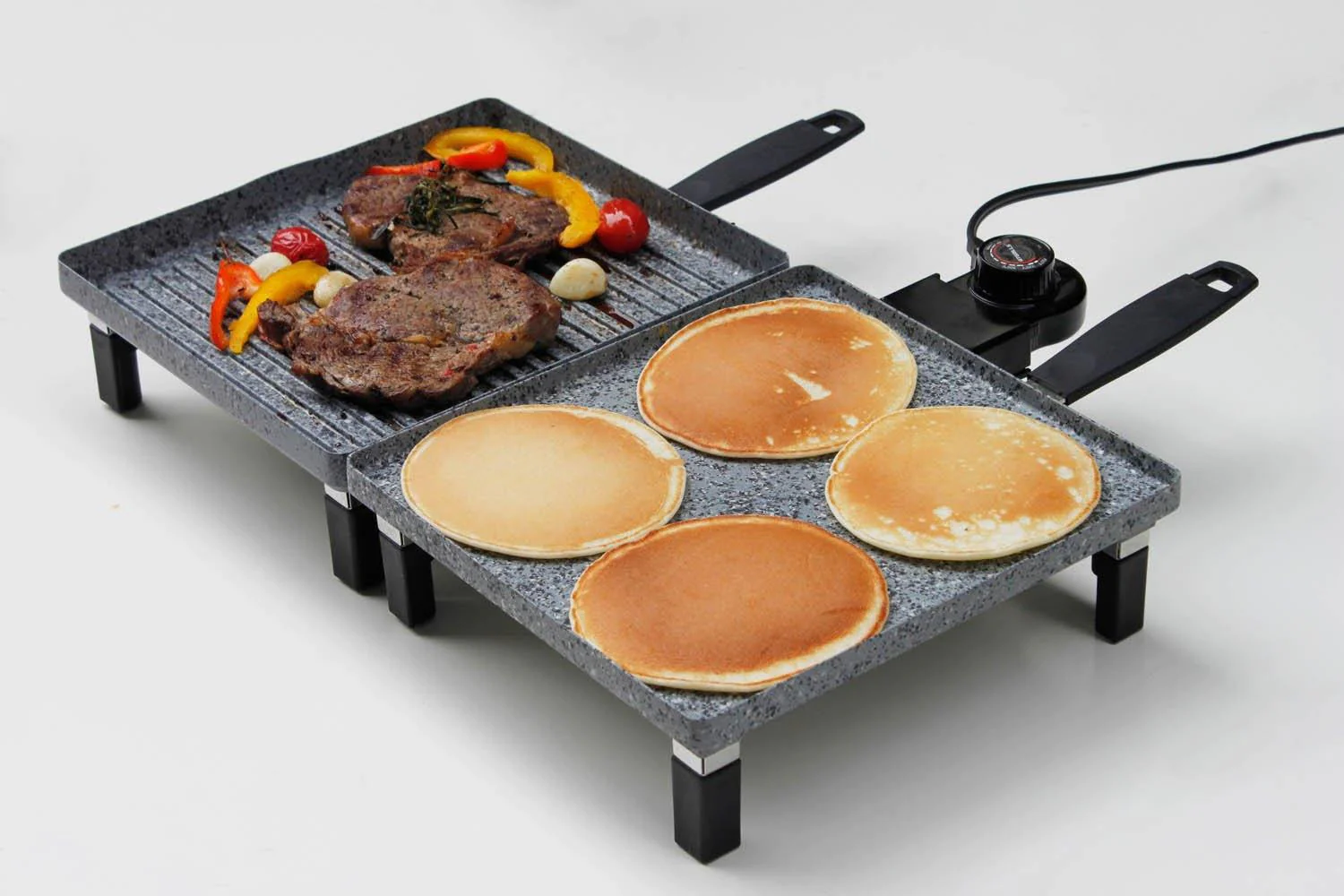

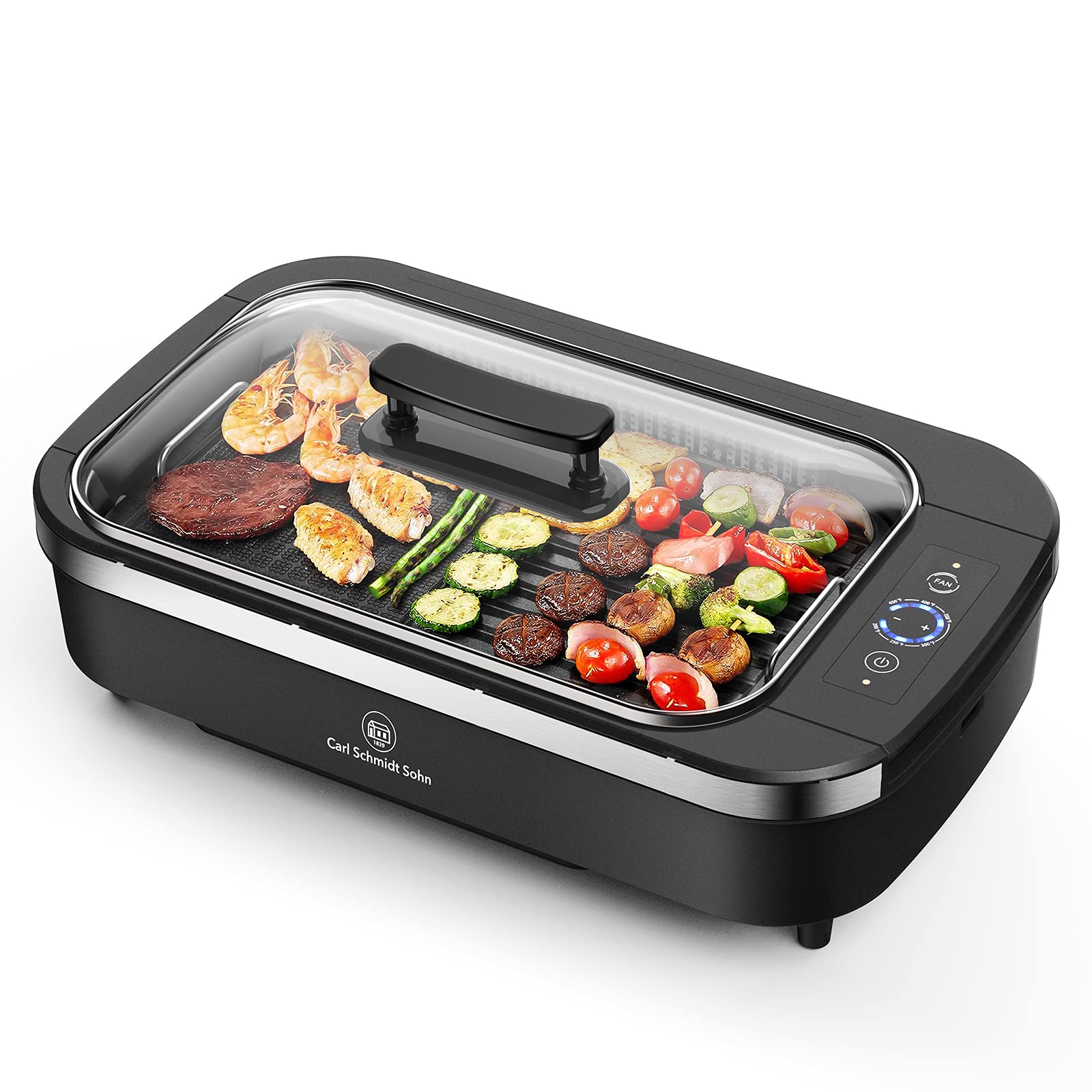
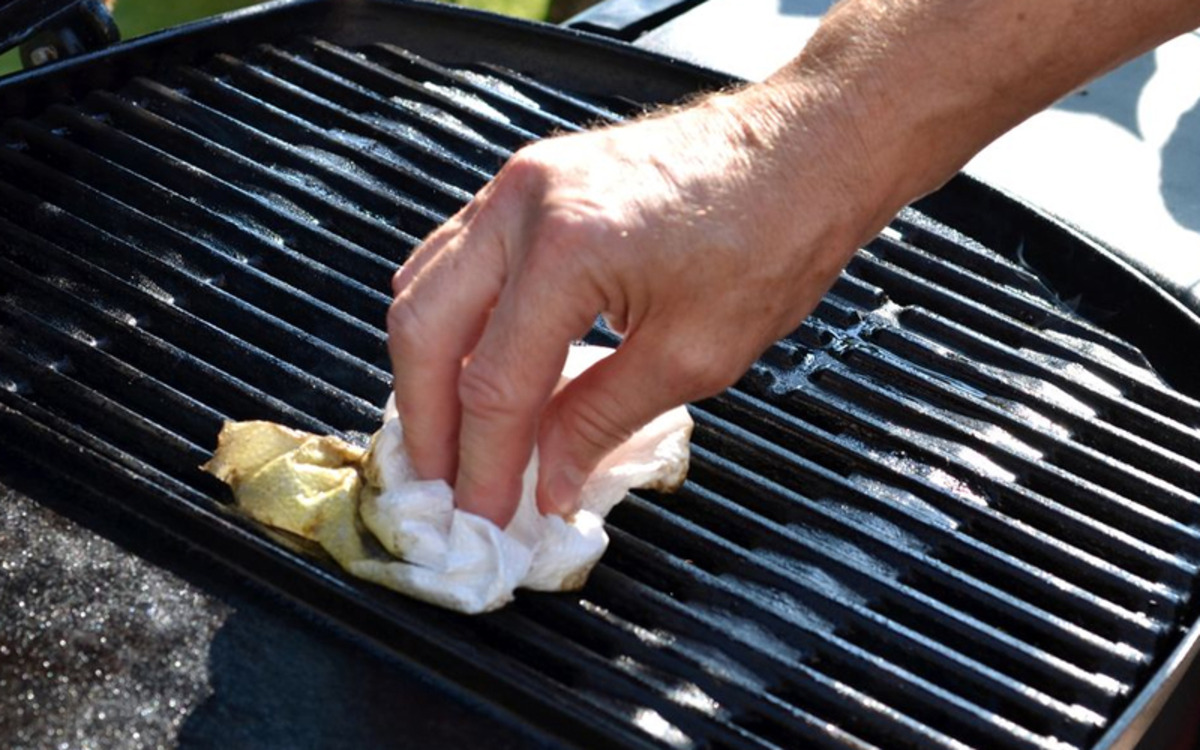
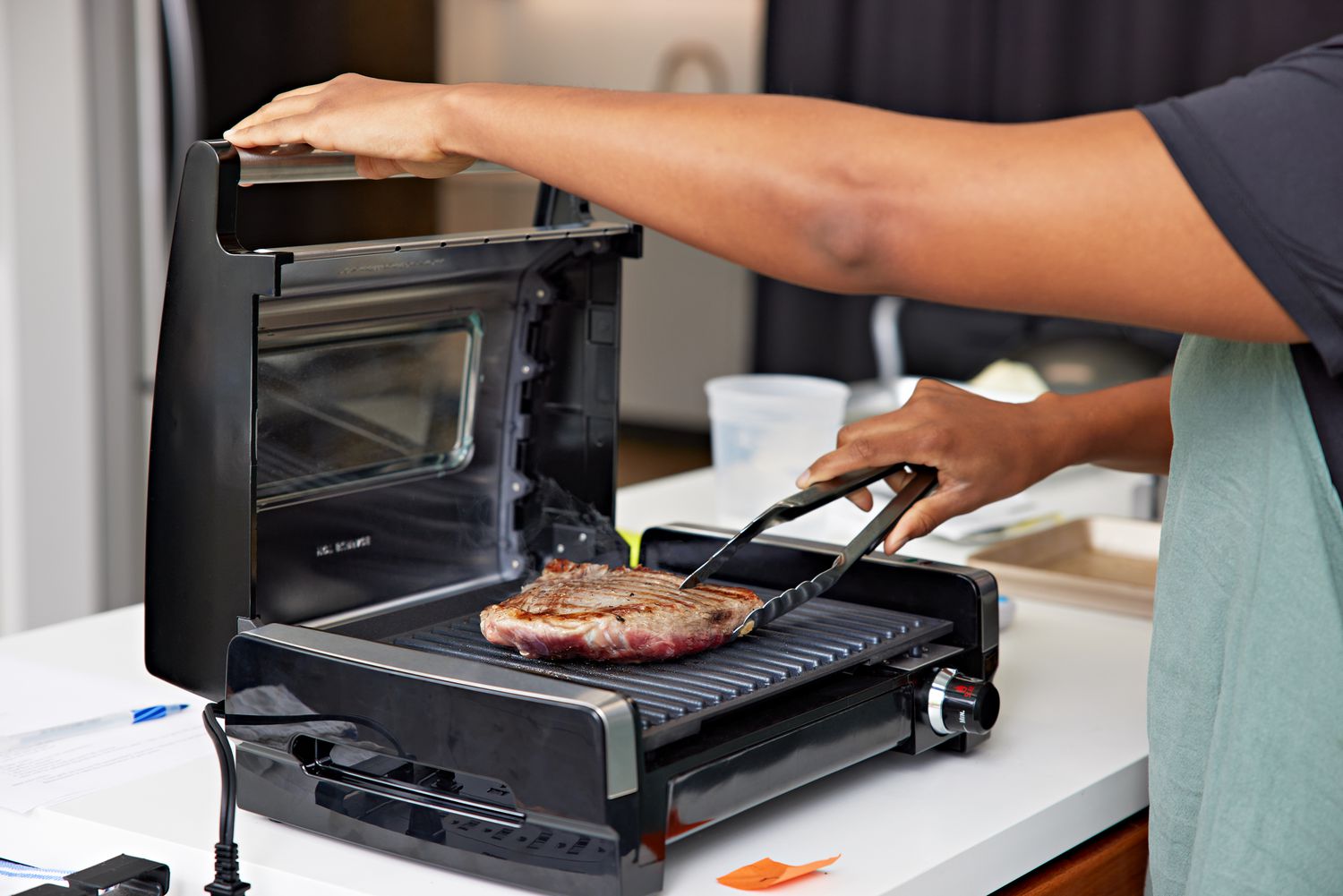

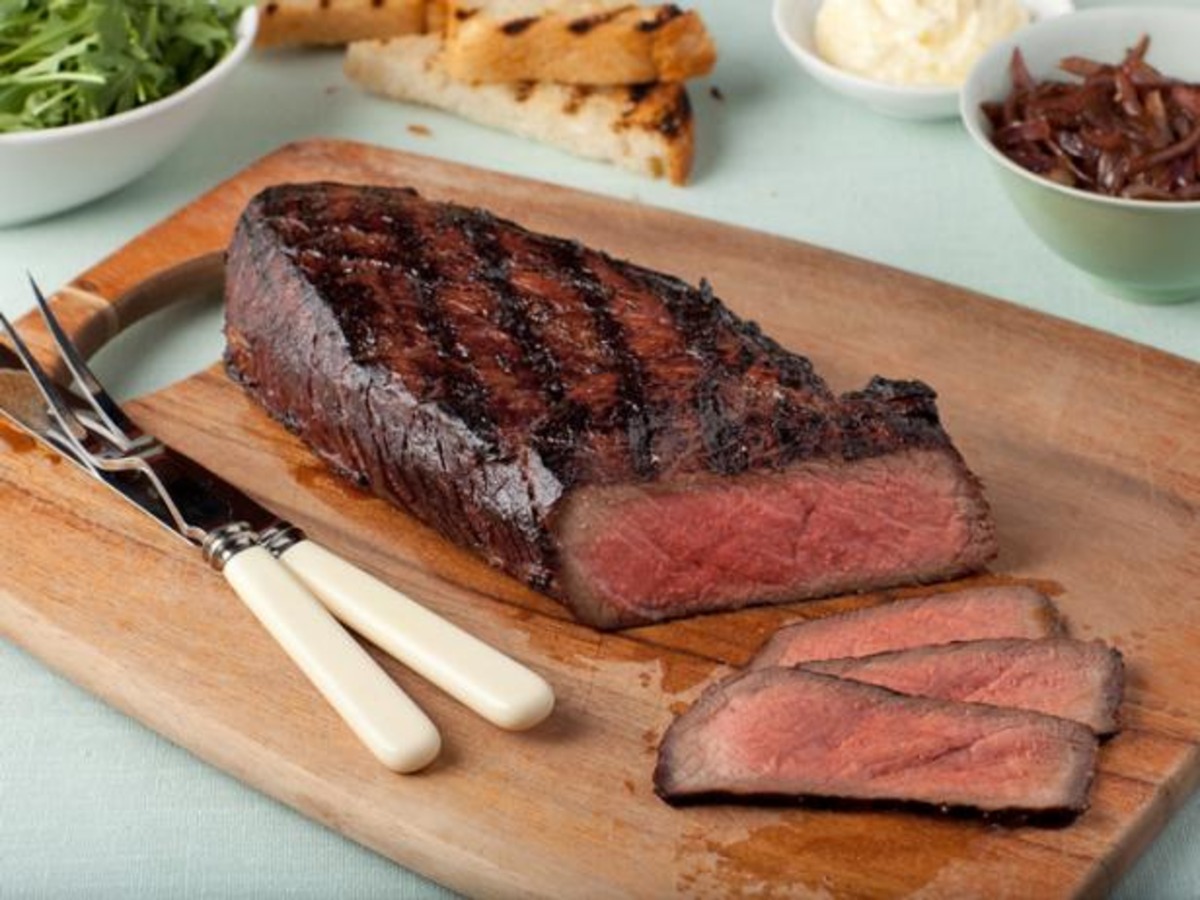
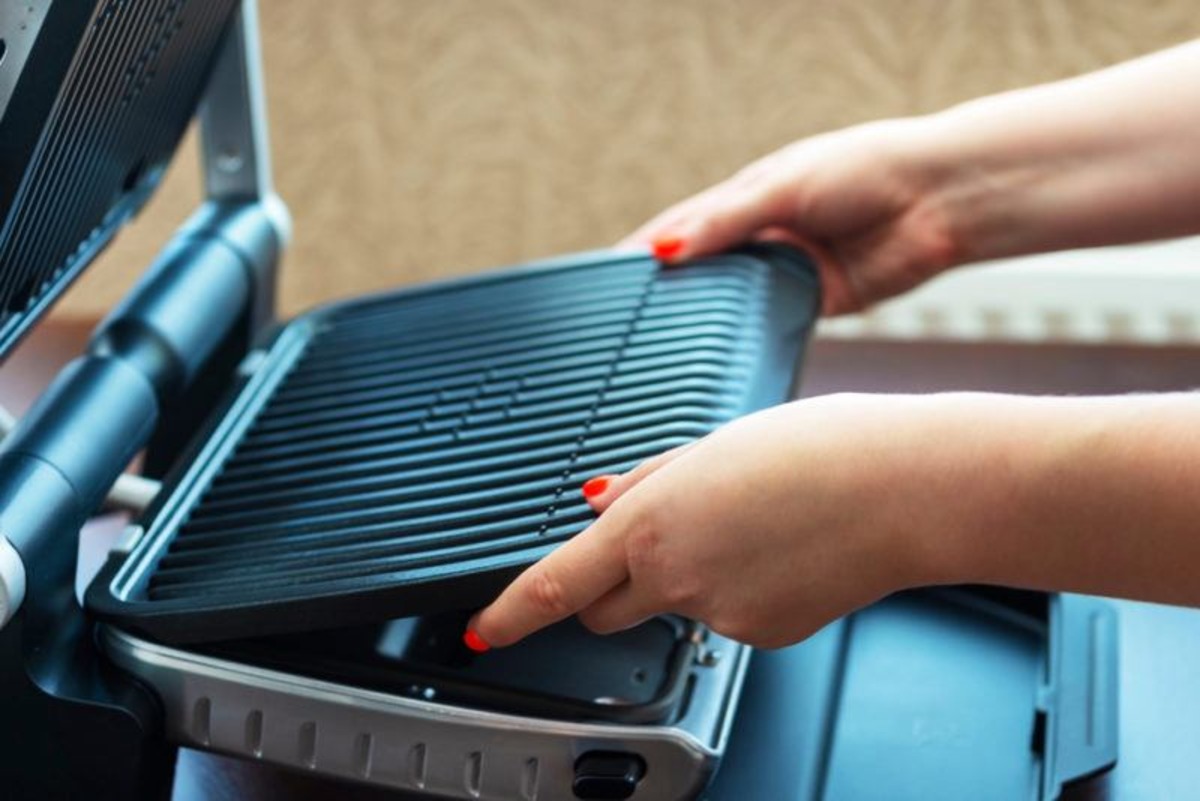
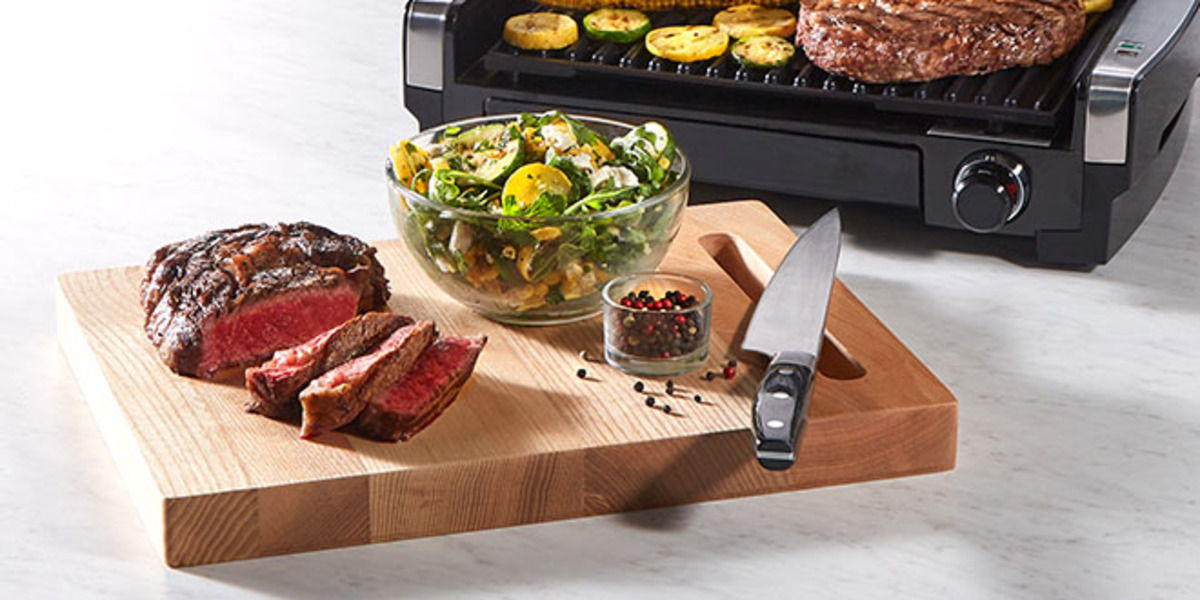

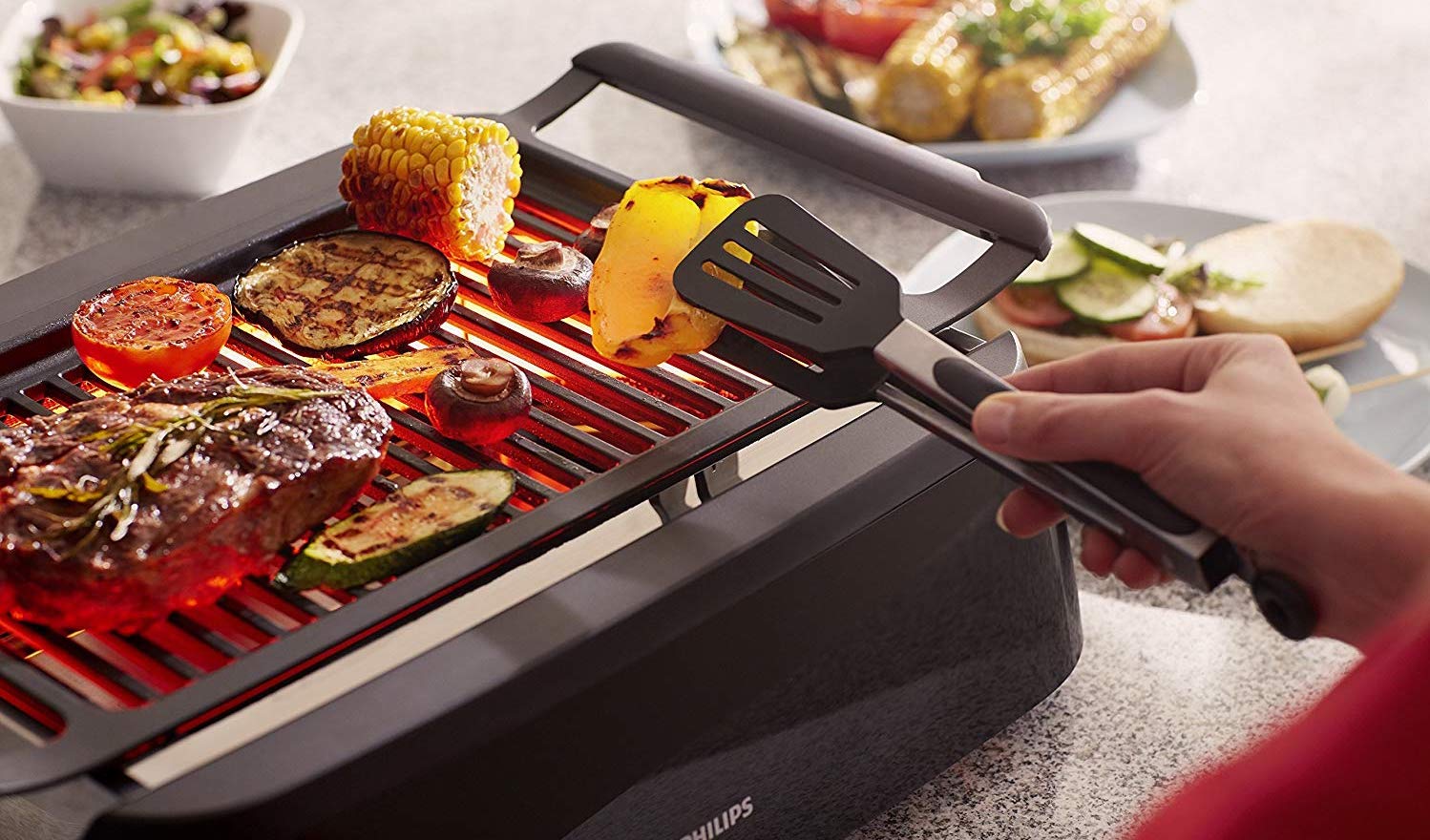
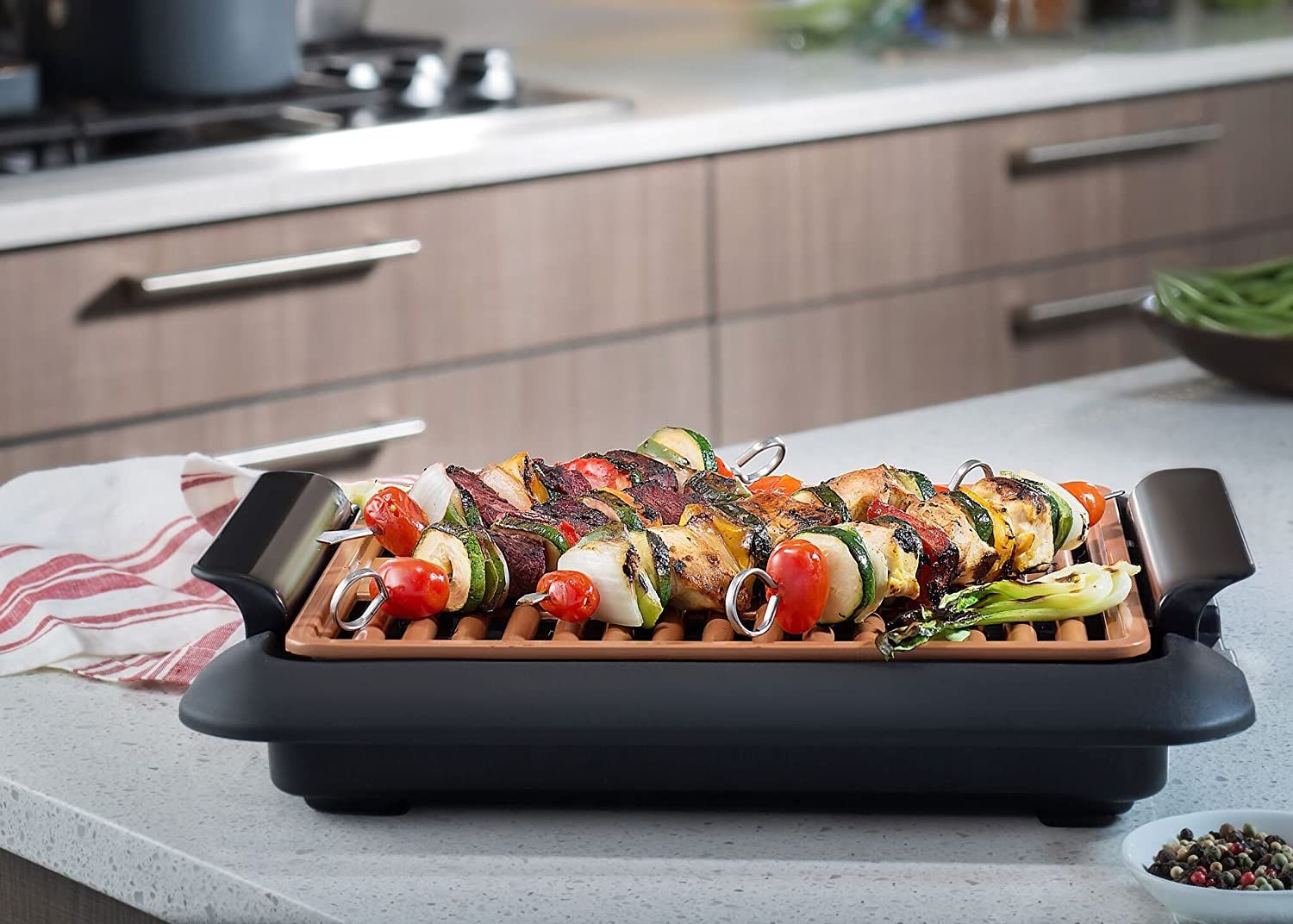
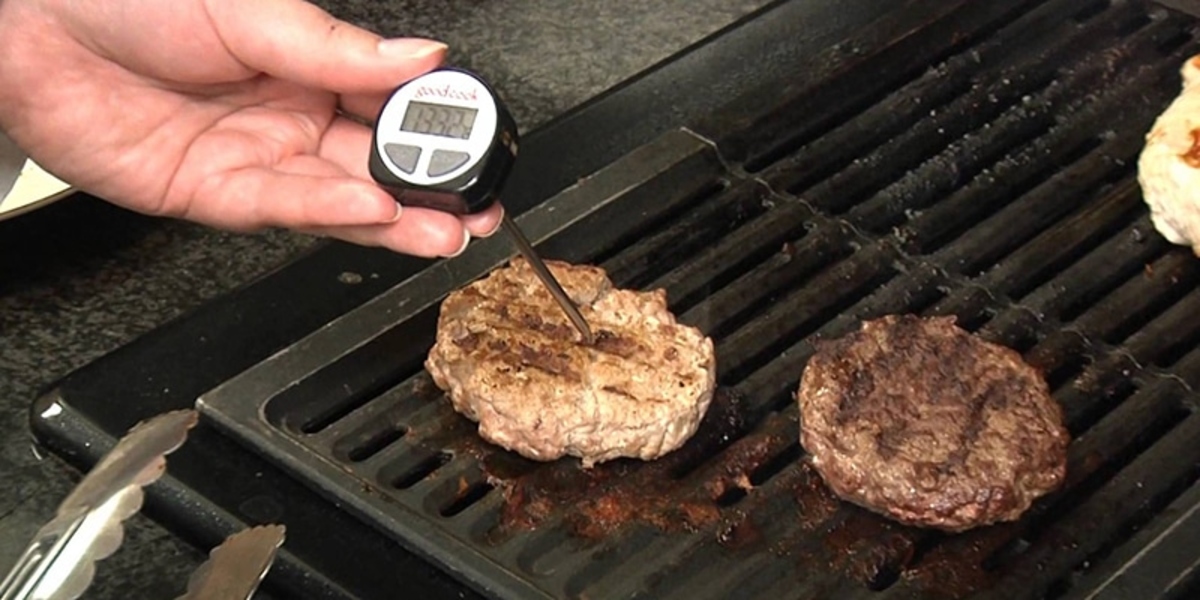

0 thoughts on “Factors That Influence The Demand Curve For Indoor Grill Products”